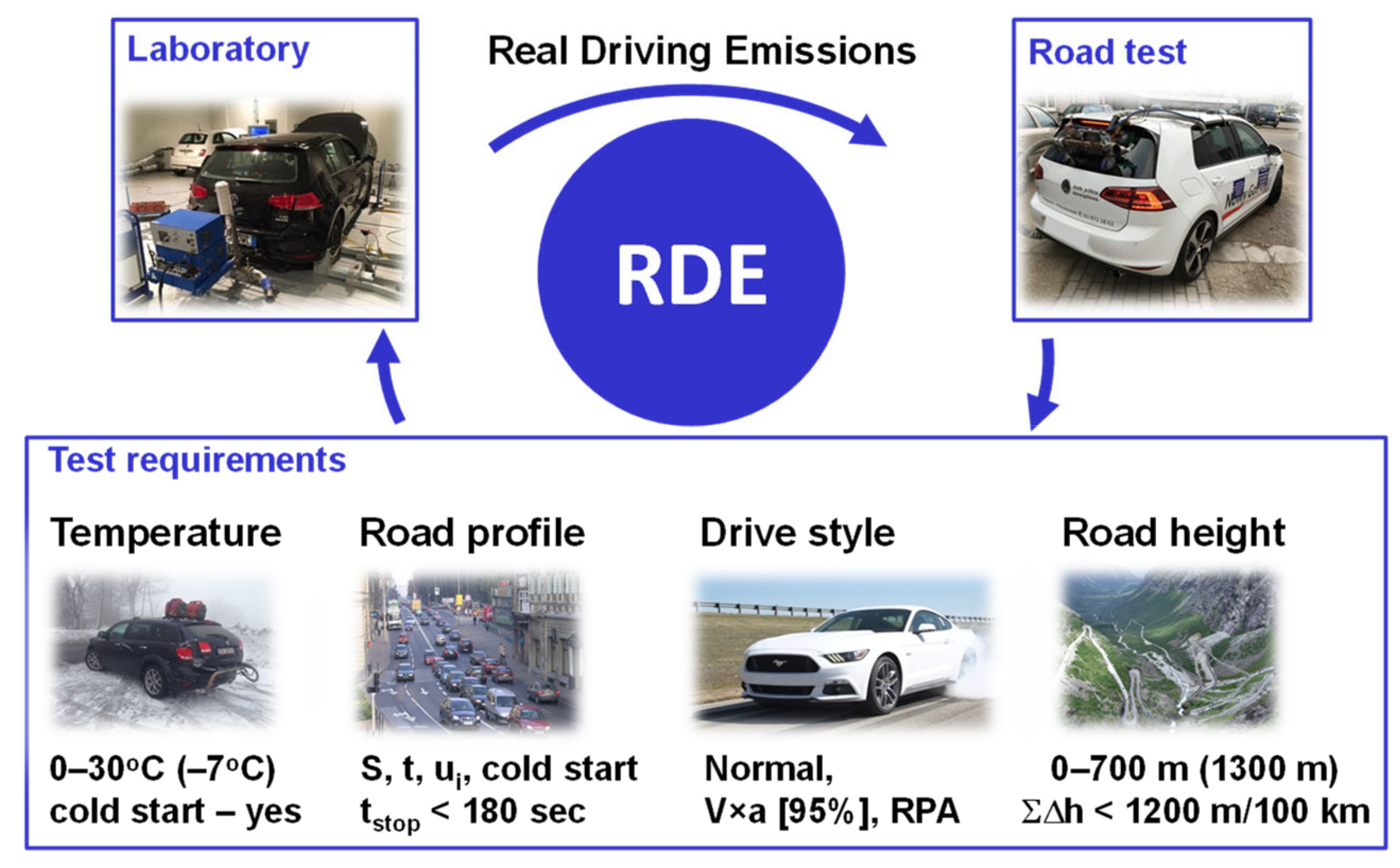Do you know Vehicle prices are going to increase in India?
RDE (Real Driving Emissions) is a standard used to measure exhaust emissions from vehicles during real-world driving conditions, as opposed to laboratory testing. As of 2021, there is no specific RDE regulation in India for vehicles. However, India has adopted the Bharat Stage (BS) emission standards which are similar to the European emission standards.
The current BS6 emission standards were implemented in India in April 2020. These standards require vehicles to meet stricter emission limits for pollutants such as carbon monoxide, hydrocarbons, nitrogen oxides, and particulate matter. The BS6 standards are similar to the Euro 6 standards in Europe, which also require vehicles to meet stricter emission limits.

While there is no specific RDE regulation in India, the government is planning to implement the Worldwide Harmonized Light Vehicle Test Procedure (WLTP) by 2023. The WLTP test procedure is designed to better reflect real-world driving conditions and will replace the current laboratory-based New European Driving Cycle (NEDC) test cycle used for emission testing. The implementation of WLTP is expected to result in more accurate emission measurements and provide a better representation of a vehicle's true emissions performance.
Is any specific car listed?
There is no specific list of cars that are banned from RDE testing. However, any vehicle that does not meet the required emissions standards during RDE testing may face penalties, fines, or other regulatory action.
In Europe, vehicles must meet the Euro 6 emissions standard to be allowed on the road. Euro 6 sets limits on exhaust emissions of nitrogen oxides (NOx), carbon monoxide (CO), hydrocarbons (HC), and particulate matter (PM). Vehicles that do not meet the Euro 6 standards are not allowed to be sold in Europe.
In India, the current Bharat Stage (BS) 6 emission standards are similar to the Euro 6 standards in Europe. All new vehicles sold in India must comply with the BS 6 standards, which set limits on emissions of NOx, CO, HC, and PM.
It's worth noting that while a vehicle may meet the required emissions standards during laboratory testing, its emissions during real-world driving conditions can often be higher. RDE testing is designed to provide a more accurate measurement of a vehicle's emissions performance during real-world driving and to ensure that vehicles meet emissions standards in practice, not just in theory.
The more that you read, the more things you will know. The more that you learn, the more places you'll go. Thank you for reading; when you read and give feedback, we get one more chance to write one more story.
This content is by Team Motographic



Comments
Post a Comment